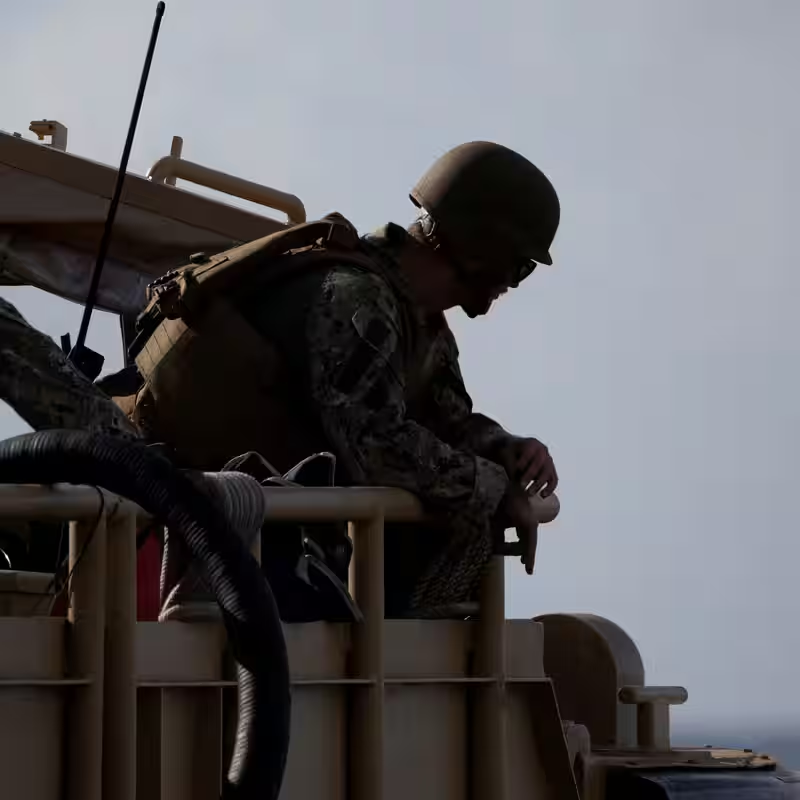The U.S. military has expanded its controversial antidrug campaign beyond the Caribbean, launching a lethal strike on a suspected drug-smuggling vessel in the eastern Pacific Ocean near Colombia—the first such operation in that region under the Trump administration .
Eighth Strike, First in the Pacific
According to a U.S. official speaking anonymously on operational matters, the strike occurred late Tuesday, October 21, 2025, and resulted in the deaths of two or three individuals aboard the boat. This marks the eighth known lethal intervention since President Trump authorized military forces to treat drug traffickers as enemy combatants on September 2 .
Previous operations—all seven confirmed strikes—had taken place in the Caribbean Sea. The shift to the Pacific signals a strategic broadening of the administration’s aggressive “war on drugs” posture, targeting maritime routes long used by cartels to ferry cocaine from South America toward Central America and eventually the U.S.
“Terrorist Cartels” Justification
The Trump administration has framed these operations as counterterrorism efforts, asserting that passengers on the targeted boats are members of drug cartels previously designated as Foreign Terrorist Organizations by the State Department. Officials claim intelligence confirms both the identities of those aboard and the illicit cargo—but have not publicly released evidence to substantiate these claims .
“These aren’t smugglers—they’re terrorists with boats,” said a senior defense official in an off-record briefing. “The president has given us the authority to neutralize them like we would any battlefield threat.”
Criticism Mounts Over Legal and Ethical Concerns
Human rights groups and legal scholars have raised alarms over the campaign’s lack of transparency and due process. Unlike traditional law enforcement interdictions—which aim to arrest suspects and seize contraband—these strikes are designed to kill, often in international waters where jurisdiction is murky.
“This is extrajudicial killing dressed up as drug policy,” said Joanne Mariner, director of crisis response at Amnesty International. “Even in war, you must distinguish combatants from civilians. Here, we don’t even know who was on that boat.”
Trump’s Antidrug Military Campaign: By the Numbers
| Metric | Detail |
|---|---|
| First Strike Date | September 2, 2025 |
| Total Confirmed Strikes | 8 (as of Oct 22, 2025) |
| Reported Fatalities | 34–35 individuals |
| Geographic Scope | Caribbean Sea (7 strikes), Eastern Pacific (1 strike) |
| Legal Basis Cited | State Department FTO designations + “inherent right of self-defense” |
Why the Pacific Shift Matters
Colombia remains the world’s largest producer of cocaine, and Pacific routes have grown increasingly vital for traffickers seeking to avoid Caribbean patrols. By extending lethal operations into this corridor, the U.S. is signaling a willingness to project military force deep into Latin American maritime zones—potentially straining relations with regional governments.
Colombian officials have not publicly commented on the strike, though past U.S. unilateral actions have drawn quiet criticism in Bogotá over sovereignty concerns.
What Comes Next?
With midterm elections looming and border security dominating political discourse, the Trump administration shows no sign of scaling back its militarized drug strategy. Defense sources suggest additional Pacific operations are already being planned.
Yet without independent verification or judicial oversight, questions persist: Are these strikes stopping drugs—or simply exporting America’s drug war into a new, even more lethal phase?




